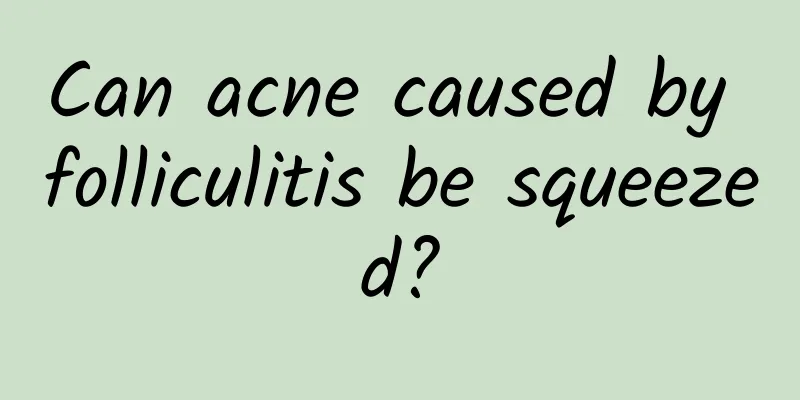Right kidney cystic lesion

|
Right renal cystic lesions are a disease that mainly occurs in adult males. It is generally a unilateral disease, and the older the patient is, the higher the incidence rate. It can cause symptoms such as vascular nasal congestion and urinary tract obstruction. It is recommended that patients should receive timely treatment. As long as the symptoms of right kidney cystic lesions are present, they can generally be relieved by injecting sclerosing agents. You can learn about the specific treatment and diagnosis methods. Renal cyst is the most common structural abnormality of the kidney in adults. It can be unilateral or bilateral, one or more, and is generally about 2 cm in diameter. There are also cysts with a diameter of up to 10 cm. It is more common in males. The incidence rate increases with age. Simple renal cysts generally have no symptoms. Only when the cyst compression causes vascular occlusion or urinary tract obstruction may corresponding symptoms appear, which may affect renal function. When the cyst is larger than 5 cm, appropriate treatment should be performed, including cyst fluid aspiration and intracystic injection of sclerosing agents or surgical treatment. Among the renal cysts we commonly see, most are simple renal cysts, while hereditary renal cystic diseases account for a relatively small proportion. Simple renal cysts are almost non-existent in people under 20 years of age. If cysts develop in individuals under 20 years of age, congenital kidney development problems or hereditary renal cystic diseases should be highly suspected. The incidence of renal cysts increases with age. The incidence of simple renal cysts is about 10% between the ages of 30 and 40. By the age of 80, the incidence of simple renal cysts reaches more than 50%. Simple renal cysts are more common in men. Differential Diagnosis The presence of cysts in the renal parenchyma needs to be differentiated from the following diseases: ① necrosis and liquefaction of solid renal tumors; ② canceration on the basis of renal cysts, which is extremely rare; ③ autosomal dominant polycystic kidney disease. treat Since simple renal cysts are mostly asymptomatic and have little effect on renal function and surrounding tissues, they do not require treatment and only require follow-up for 6 months to 1 year. If the cyst is large in diameter, exceeding 5 cm, or produces symptoms of compression of surrounding tissues, causing urinary tract obstruction, cyst fluid aspiration and intracystic injection of sclerosing agent are required. If the cyst is large, with a diameter greater than 10 cm, surgery may be required. |
Recommend
Platycodon grandiflorum side effects
What are the side effects of Platycodon grandiflo...
Is Danshen hot or cool?
Salvia miltiorrhiza is a tonic with high nutritio...
Traditional Chinese medicine formula for pregnancy
There are many Chinese herbal formulas for mainta...
Does kidney-tonifying Chinese medicine hurt the stomach?
Many of our friends actually suffer from kidney d...
Ways to help you sleep
There are many office workers whose sleep is seri...
Symptoms of metabolic alkali poisoning in the elderly
Why do we always say that when people get older t...
What is the reason for waist and leg pain
There are many reasons for lower back and leg pai...
Why does liver disease cause dark complexion?
If our body is not healthy, many diseases will oc...
How to treat hemorrhoids and anal fistulas? Treatment methods recommended by traditional Chinese medicine practitioners
Anal fistula is a relatively common disease, ofte...
How many months should pregnant women take folic acid tablets
We all know that women prefer to eat acidic foods...
What is Patina
Many people may not know much about verdigris. In...
Who can't eat mistletoe?
Analyze the common Chinese medicine compatibility...
Can dandelion cure skin diseases?
Dandelion is a common wild vegetable in our lives...
Feeling like vomiting halfway through eating
In life, if you feel like vomiting halfway throug...
How to treat mild hemorrhoids?
Mild hemorrhoids should not be ignored by patient...









